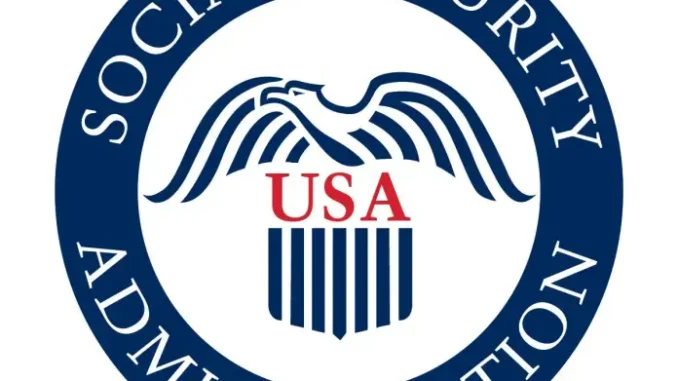
The Social Security Administration (SSA) late last week announced that it is making changes to the Supplemental Security Income (SSI) benefit program. Notably, it is expanding the definition of a “public assistance household” to those receiving Supplemental Nutrition Assistance Program (SNAP) payments and to households “where not all members receive public assistance,” according to the SSA.
These changes will serve to “allow more people to qualify for SSI, increase some SSI recipients’ payment amounts, and reduce reporting burdens for individuals living in public assistance households,” the SSA explained.
The final rule implementing these changes is scheduled to go into effect Sept. 30, 2024. It also changes the definition of a “public assistance household” when determining which members of that household receive public assistance.
“The new rule defines a public assistance household as one that has both an SSI applicant or recipient, and at least one other household member who receives one or more of the listed means-tested public income-maintenance (PIM) payments (the any other definition),” SSA explained. “The previous policy required all household members to receive public assistance. This change benefits SSI recipients living in households where only some members receive public assistance.”
SSI — which is available to adults and children with a disability or blindness, and to adults ages 65 and older — will now have more equitable access to recipients with lower barriers to entry, according to SSA Commissioner Martin O’Malley.
“I’m committed to making systemic changes to help people access the critical benefits they need, including SSI,” O’Malley said in a statement. “By simplifying our policies and including an additional program geared towards low-income families, such as the SNAP, we are removing significant barriers to accessing SSI. These changes promote greater equity in our programs.”
Earlier this year, a report from the Brookings Institution said that seniors who qualify for Social Security and/or SSI disbursements would benefit from reforms to both programs. This is particularly true in instances where the programs interact, since researchers contend that the status quo is unfair to low-income workers and retirees.
“We argue that the total benefit amount for low-income retirees and disabled workers receiving support from both programs is antithetical to key principles of social insurance,” the Brookings report stated.
For those who have significantly contributed to the workforce, the contributions to both programs and the standards by which they receive benefits are out of balance, according to the researchers.

